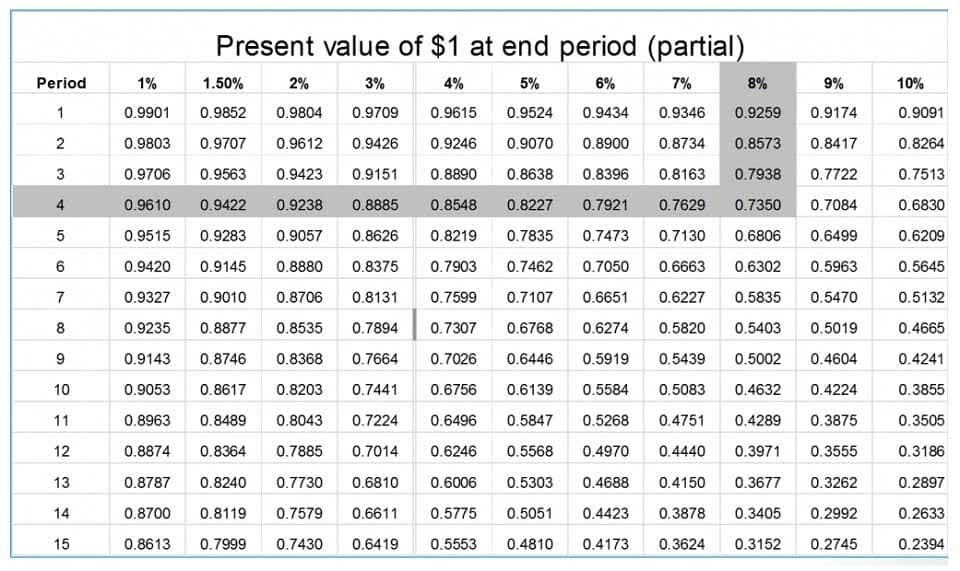
Working capital is a core component of effective financial management, which is directly tied to a company’s operational efficiency and long-term viability. Conceptually, working capital represents the financial resources necessary to meet day-to-day obligations and maintain the operational cycle of a company (i.e. reinvestment activity). We https://www.facebook.com/BooksTimeInc/ have been given both current assets and current liabilities in the above example. Finally, you subtract any other financial obligations considered liabilities, such as employee wages, interest payments, and short-term loans that will come due within the next year. In our example, if these expenses amount to $1.075 million, subtract this from the $1.48 million, resulting in a net working capital of $405,000. It tells us if a business has enough money to handle its daily expenses and to invest in its future.
- Examples of current liabilities include accounts payable, short-term debt payments, or the current portion of deferred revenue.
- The working capital cycle formula is days inventory outstanding (DIO) plus days sales outstanding (DSO), subtracted by days payable outstanding (DPO).
- It can also help you track trends over time, so you can make adjustments as needed.
- The essence of the concept is that if a company has a positive working capital, it means they have funds in surplus.
- Net working capital is the financial cushion that allows businesses to meet their short-term financial obligations.
- Working capital is a basic accounting formula (current assets minus current liabilities) business owners use to determine their short-term financial health.
Accounts Receivable May Be Written Off

Changes in working capital reflect the fluctuations in a company’s short-term assets and liabilities over a specific period. Working capital is calculated from the assets and liabilities on a corporate balance sheet, focusing on immediate debts and the most liquid assets. Calculating working capital provides insight into a company’s short-term liquidity and efficiency.

What Is Change in Net Working Capital?

Net working capital, often abbreviated as NWC, is like a financial health report card for a business. It shows the change in net working capital difference between what a business owns (like cash, goods, and money others owe them) and what it owes to others. As the different sections of a financial statement impact one another, changes in working capital affect the cash flow of a company. Since the company is holding off on issuing payments, the increase in payables and accrued expenses tends to be perceived positively.
- A company with positive working capital generally has the potential to invest in growth and expansion.
- This figure gives investors an indication of the company’s short-term financial health, its capacity to clear its debts within a year, and its operational efficiency.
- A negative amount indicates that a company may face liquidity challenges and may have to incur debt to pay its bills.
- Change in working capital is the change in the net working capital of the company from one accounting period to the next.
- A fall in the amount of this capital is detrimental to the entity and leads to doubt about the efficiency of the management.
What is the purpose of preparing the statement of changes in working capital?
- What was once a long-term asset, such as real estate or equipment, can suddenly become a current asset when a buyer is lined up.
- Cash flow is the net amount of cash and cash-equivalents being transferred in and out of a company.
- Therefore, the working capital peg is set based on the implied cash on hand required to run a business post-closing and projected as a percentage of revenue (or the sum of a fixed amount of cash).
- The difference between this and the current ratio is in the numerator where the asset side includes only cash, marketable securities, and receivables.
- These items can be quickly converted into cash or used up within the next year.
- Another financial metric, the current ratio, measures the ratio of current assets to current liabilities.
Our goal is to deliver the most understandable and comprehensive explanations of financial topics using simple writing complemented by helpful graphics and animation videos. Finance Strategists has an advertising relationship with some of the companies included on this website. We may earn https://www.bookstime.com/ a commission when you click on a link or make a purchase through the links on our site.

11 Financial’s website is limited to the dissemination of general information pertaining to its advisory services, together with access to additional investment-related information, publications, and links. The proposed dividend is shown in the statement of changes in working capital. The payment of the proposed dividend during the current year should not be shown in the fund flow statement. However, a proposed dividend is preferably treated as a non-current liability, and it is not shown in the statement of changes in working capital.

Change in net working capital refers to how a company’s net working capital fluctuates year-over-year. If your net working capital one year was $50,000 and the next year it was $75,000, you would have a positive net working capital change of $25,000. We’ll now move on to a modeling exercise, which you can access by filling out the form below.

